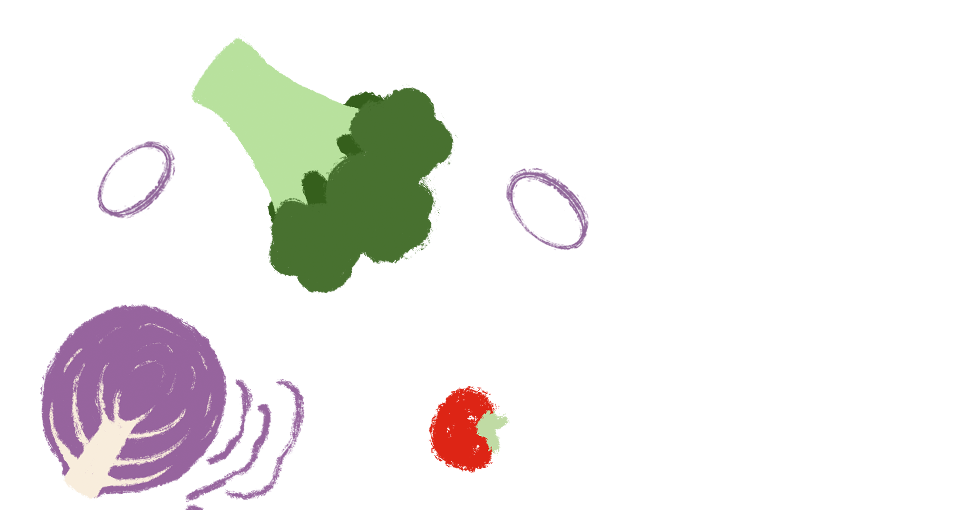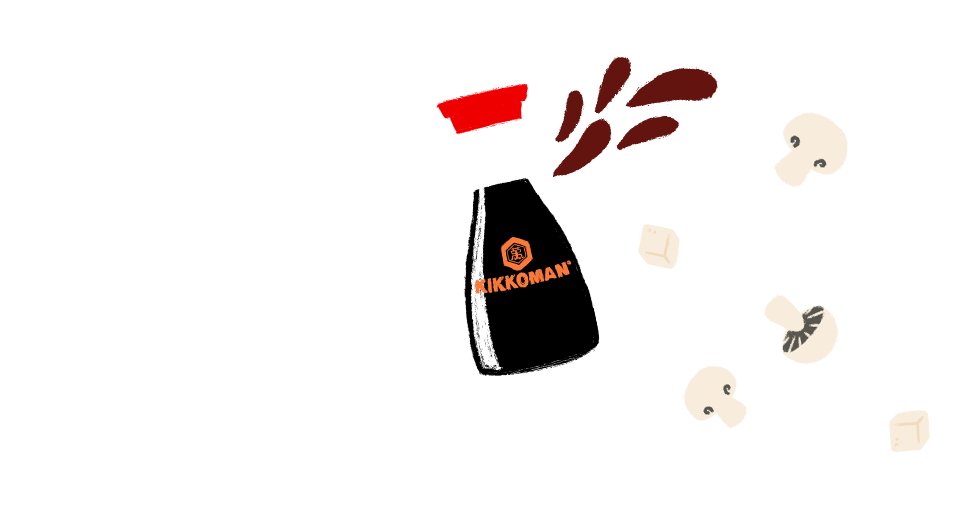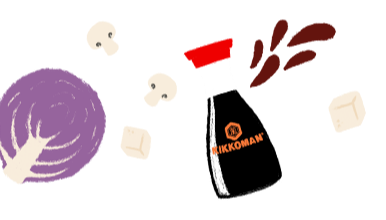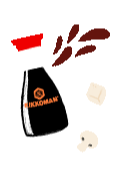What is Ramen? Learn how to make it
04. December 2023

How do you make ramen?
Authentic Japanese ramen can be difficult to make due to the time commitments of creating a delicious broth to add your noodles and ingredients too. But putting the time in is worth the results, a rich and flavourful authentic Japanese recipe that you'll really enjoy.
There are many variations of Ramen, namely due to the type of broth used, types of noodles and variety of toppings chosen. However the core steps of making ramen can be applied to each variety.
To make Ramen you firstly need to create a broth. You can find out more about the types of broths used below. Once you have decided on which broth you will use, it's onto the toppings. You can find a list of popular toppings below, including Chashu (pork) and Tamago (marinated egg).
Once you have deliberated on your broth and your topping, all that is left is the signature ramen noodles. These come in all shapes and sizes and form the substance to the ramen soup.
Ramen Broth Styles
One of the essential ingredients in Ramen is the broth, making up a vast majority of the final dish. However, not all Ramen broths are the same, here are the most popular types –
Shio (salt) – known as Shio Tare, these broths are often clear or pale and tend to be paired with chicken, fish or vegetables. This style of broth is traditionally the lightest style and tends to be utilised when the broth is to be the prominent flavour of the dish.
Shoyu (Soy Sauce) – known as shoyu tare, this broth is the oldest of the broth styles and is typically made of a mix of chicken or vegetable stock and soy sauce. This broth style is very popular in Japan and is often paired with chicken or seafood, it is very uncommon to see it used with pork. This broth style is often salty and sweet and pairs well with many popular Ramen ingredients.
Miso – A newer addition to ramen, miso paste is now often added to the broth to create a distinct savoury taste. It is very obvious to the eye when miso has been used in the ramen, as it will turn the broth opaque rather than clear. Where as Shio and Shoyu are used to add to and accentuate the flavour of the broth, miso paste is used to create a completely separate and complex taste of its own.
Tonkotsu – A slightly different take on the ramen broth, tonkotsu utilises either shio or shoyu as well as the stock from boiling pork bones. This broth is often a whitish colour and distinctly different to the other varieties above. Tonkotsu is less common than other broths, but is still considered a popular ramen dish in Japan.
Ramen Noodles
As well as a distinctive broth, noodles are a very important part of ramen. They add flavour and substance to the dish and play just as big a part as the other ingredients included.
Ramen noodles tend to be made with Lye water (potassium carbonate solution), which gives them the yellow colour that is often associated with ramen, it also helps to give them a good texture to avoid getting lost in the broth. Ramen noodles can come in all shapes and sizes and some regions of Japan will serve straight noodles, some serve curly noodles, it can be down to where you are.
Ramen Toppings
Now the broth and noodles have been decided, the toppings are the next element to a delicious ramen, here are just some of the popular toppings that feature regularly.
Chashu – These are slices of roasted or braised pork and are often sweet.
Kamaboko – These are slices of steamed fish cake.
Tamago – A hard boiled, soft boiled or often marinated egg. These are very popular on almost all types of ramen.
Nori – Nori or seaweed is a common ramen topping, due to its many nutrients.
Menma – These are seasoned or often fermented bamboo shoots.
Corn – The texture and taste of sweetcorn is often used to add another element to ramen dishes.














![[Translate to Englisch (UK):] [Translate to Englisch (UK):]](https://www.kikkoman.co.uk/fileadmin/_processed_/b/7/csm_1109-recipe-page-Soy-Honey-Chicken-Wings_mobile_1c380c855c.webp)
![[Translate to Englisch (UK):] [Translate to Englisch (UK):]](https://www.kikkoman.co.uk/fileadmin/_processed_/4/5/csm_1124-recipe-page-Sweetcorn-Feta-Berry-Salad_mobile_99177ae5c1.webp)
![[Translate to Englisch (UK):] [Translate to Englisch (UK):]](https://www.kikkoman.co.uk/fileadmin/_processed_/0/f/csm_Teaser_Kachel_Camping_Collection_2x_bd440c9b23.webp)
![[Translate to Englisch (UK):] [Translate to Englisch (UK):]](https://www.kikkoman.co.uk/fileadmin/_processed_/c/5/csm_MainDishes_recipe-collection_desktop_2x_ef5962097e.webp)
![[Translate to Englisch (UK):] [Translate to Englisch (UK):]](https://www.kikkoman.co.uk/fileadmin/_processed_/e/b/csm_918-recipe-page-pumpkin-hummus_mobile_d372eb934b.webp)
![[Translate to Englisch (UK):] [Translate to Englisch (UK):]](https://www.kikkoman.co.uk/fileadmin/_processed_/b/6/csm_1097-recipe-page-Millet-porridge-with-caramelized-banana_mobile_d3bfd25acd.webp)




